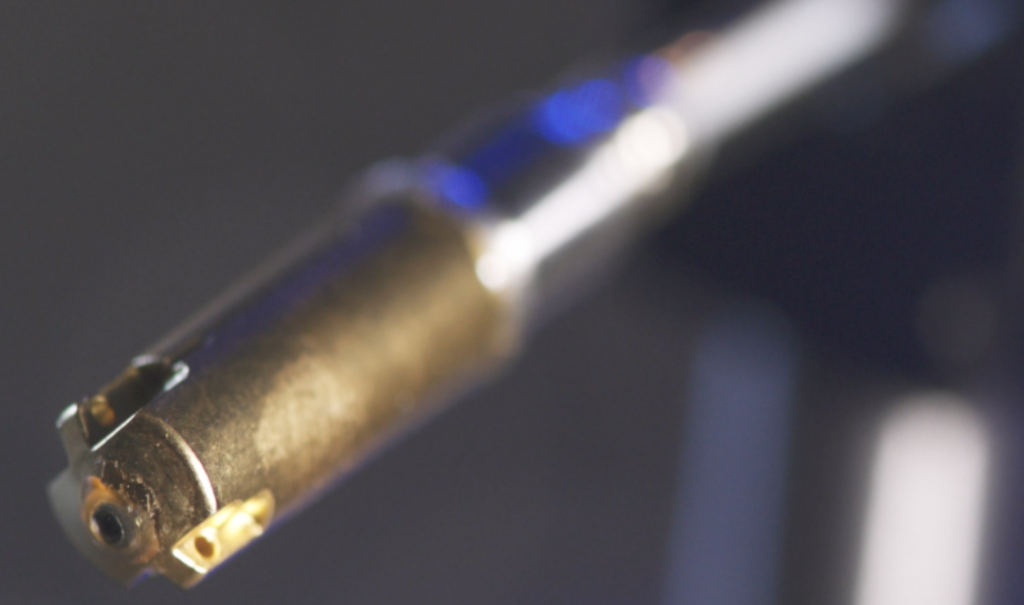Imagine being able to learn the likelihood of your unborn child someday developing a disease such as cancer, heart disease or diabetes. And what if, in addition to arming you with that information, doctors were able to repair the defective genes that are the root cause of the disease?
Or, what if scientists developed a tiny microscope that can peek into, say, your colon, to not only detect early signs of cancer, but also to deliver medications that would change the course of the disease—and to tell you in a matter of moments if treatment was successful?
These and other life-saving scenarios may now be on the table, thanks in part to work being done at Michigan State University’s newly minted Institute for Quantitative Health Science and Engineering.
Located in the heart of MSU’s Biomedical Research Complex, the institute, fittingly known as IQ, is focused on creating innovative solutions for better, more precise diagnosis and developing targeted therapeutics to improve health and eliminate disease, says Christopher Contag, IQ’s director.
“The building that houses the institute has physical walls, of course,” says Contag, who also serves as chairperson of MSU’s new Department of Biomedical Engineering. “But, I want to make sure it doesn’t have any perceived walls between areas of research. People who work here need to speak the languages of physics, chemistry, biology, medicine and engineering so that they can talk with one another across what are traditional divisions of knowledge.”
“The only way to create new knowledge is to use the arsenals of expertise from many fields to attack the unknowns of cancer, diabetes and other diseases that have complex origins.” – Christopher Contag
A cornerstone of biomedical research at MSU and beyond, IQ has brought together researchers from 16 departments representing six of MSU’s 17 degree-granting colleges—engineering, human medicine, natural sciences, nursing, veterinary medicine and communication arts and sciences. The institute also is building bridges to partner with hospitals and corporations.
This idea of convergent science consists of bringing together a number of academic disciplines that, at first glance, may not seem to blend. But then, like chocolate and peanut butter, fields like biology and engineering suddenly come together with an exquisite synergy.
“So, when you apply the principles of physics, engineering and math to complex systems in biology and medicine that at first appear messy, predictable patterns in cellular and tissue function emerge,” Contag says. “It is essential that we work across and beyond traditional disciplines to solve complex problems.”
For example, the aforementioned tiny microscope—scientifically known as a dual-axis confocal microscope—is being developed by an amazingly diverse team of scientists, including chemists, mechanical and optical engineers, physicians, biologists and computational scientists.
“Each scientific field is growing to the point where it intersects with multiple other fields,” Contag says. “It used to be that an unknown would lie on the other side of what’s known in a given field. Now the unknowns lie at the intersection of multiple disciplines. The only way to create new knowledge is to use the arsenals of expertise from many fields to attack the unknowns of cancer, diabetes and other diseases that have complex origins.”
This is not the dystopian future of Aldous Huxley’s “Brave New World.” Instead, Contag says, “This is bravery in a new world. It is a world where the brave are those who are willing to build new tools of discovery, to interrogate the complexity of life through lenses created by others, to integrate knowledge gathered by many, to seek wisdom through careful analysis and to challenge dogma every day.”
–Tom Oswald via New York Times Sponsored Post


